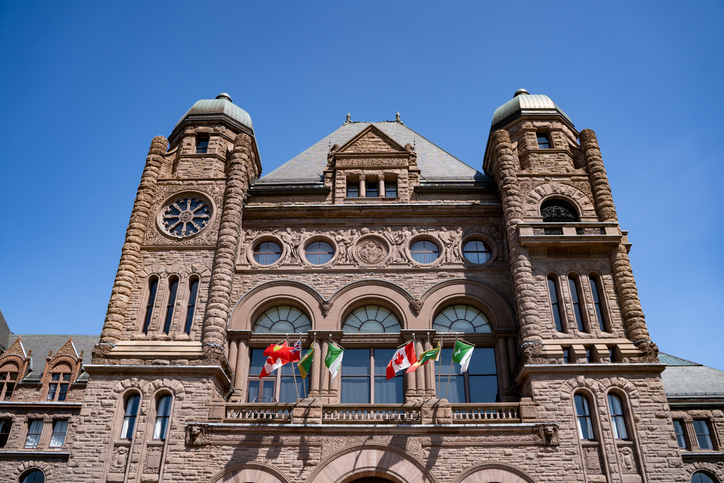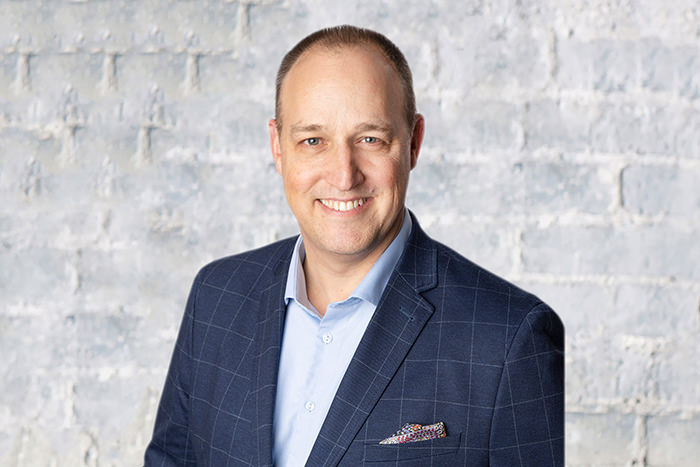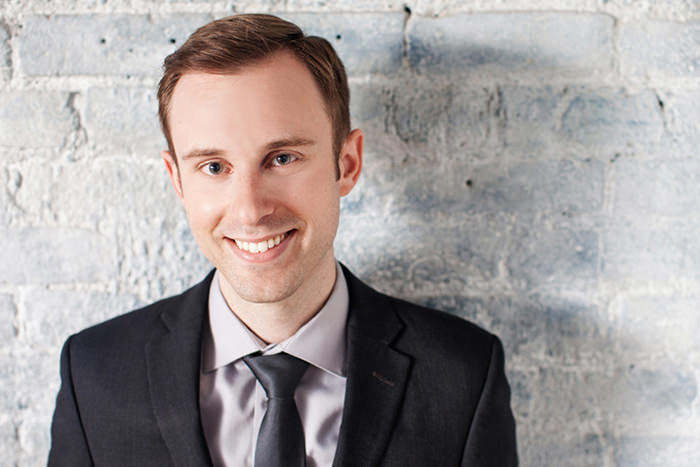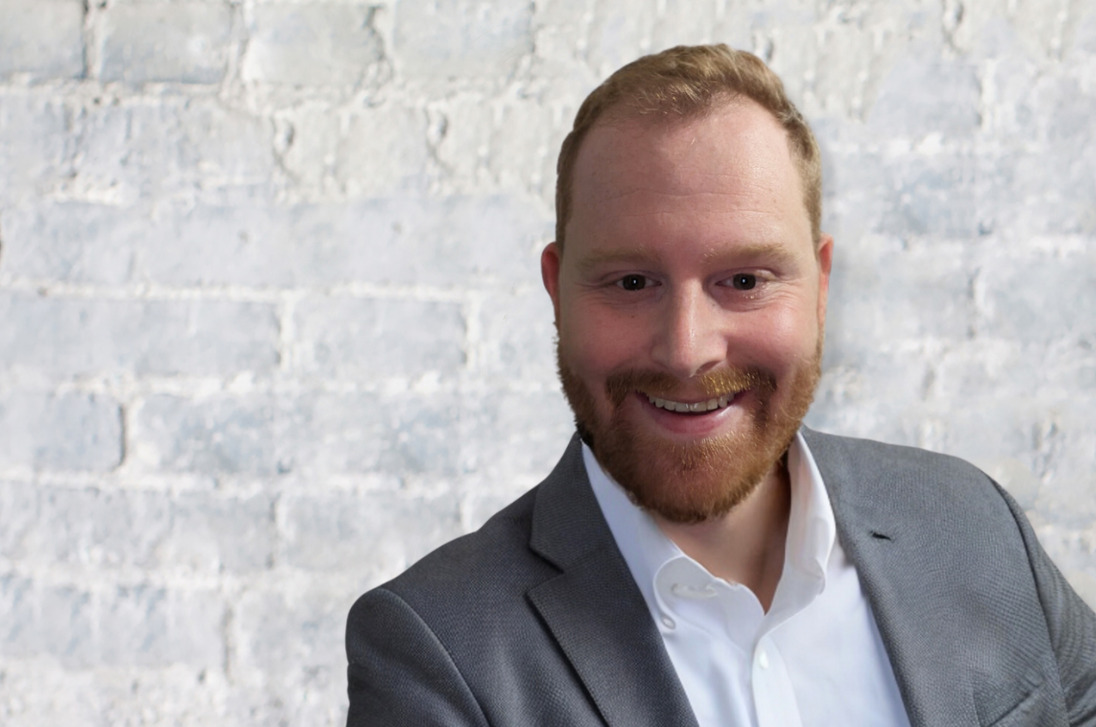Rumours continue to abound that Ontario is headed to the polls earlier than the currently legislated fixed election date in spring of 2026. We believe that our clients need to prepare as if the election could come as soon as Q1 2025, as the Premier has only ruled out a 2024 election.
The end of the agreement between the Trudeau government and the opposition NDP has increased expectations of an impending federal election, which in turn has scrambled the electoral calculus for the Ford government. It is widely believed that Ford is determined to get a provincial election in the books before a federal campaign, if at all possible. So, if a federal election is likely this Spring, we think there is a high probability of a provincial campaign as early as this winter or perhaps early Spring.
Ford is also riding a strong wave of popularity with his polling numbers holding steady at about 41% – up slightly in some polls from where he ended the 2022 election campaign. For their part, the Liberals have climbed up to about 26% – slightly up from 24% in 2022, but still well back, and the official opposition NDP have slipped from 24% in 2022 to around 20% today. While polls often show Ford to be among the least liked Premiers in Canada – in terms of raw popularity – the relative strength of his popularity coupled with the continued split in support among his opposition points to an even greater majority in terms of seat count than they have today.
Premier Ford might become only the eighth Premier to lead his party to a third election victory, which is a rare feat on its own, but the last Premier to earn a third majority victory was PC Premier Leslie Frost in 1959. Dalton McGuinty came close, coming just one seat shy of a third majority in the 2011 election.
Of course, there’s still a lot of variables to consider – not least of which is the still incomplete RCMP investigation into the “Greenbelt” affair – and, as the old expression goes, a month is a lifetime in politics, where anything can happen. But it is safe to assume that the Fall legislative session will be the “pre-writ” session with all that entails in terms of political theatre and pre-election policy.
Behind the scenes, all parties have started their pre-election planning: nominating candidates, training election staff and launching new advertising. This is easy for the PCs who hold a substantial lead in fundraising compared to the opposition parties. According to Elections Ontario data from last quarter, the PCs raised $1,564,601 from 2,040 donors, ahead of the NDP who raised $1,214,589, but from the impressively large number of 26,108 donors. The NDP have raised around $7 million since Marit Stiles became leader while over that same period, the PCs have raised around $10 million. The Liberals raised $436,856 from 2,860 donors and the Green Party raised $128,868 from 504 donors last quarter. The PCs’ growing war chest-advantage has allowed them to launch ads well ahead of their rivals, focusing on branding Liberal leader Bonnie Crombie as a high tax-and-spend Liberal elitest.
The legislature returns later than usual and this session will be a short sprint to the Christmas break. PC caucus members have already been told that little time will be available for issues or legislation that doesn’t neatly fit or advance the government’s broader narrative. Expect the government to be bold, or at least to speak in bold terms – in an effort to bring forward some big and unexpected ideas. To be expected, they will ignore those outside their voter coalition: the “chattering class”, naysayers, NIMBYs, and anti-car crusaders and bring out some big and unexpected ideas.
The Ford government’s focus will be on six broad themes:
1) Addressing traffic congestion
Traffic congestion, particularly in the GTA is emerging as a “top of mind” issue for a lot of voters. Expect a lot of attention on these issues, even if many of the measures are more symbolic than substantive.
2) Addressing crime and cracking down on auto-theft
MPPs who knocked on doors in the GTA and beyond this past summer heard an overwhelming concern for public safety. Conservative governments usually enjoy a higher approval rating on issues of crime and justice and focusing on this issue allows the PCs to run against the deeply unpopular federal Liberals, so expect a lot of attention on this issue.
3) Energy and electrification
When the Ford government was elected in 2018, one of the top issues on the minds of voters was the cost of “hydro.” Seven years later, these concerns have not abated, but the need for more investment – and the higher electricity rates to pay for it – is higher than ever. In fact, the Independent Electricity System Operator (IESO) just revised their estimates upwards and new Energy and Electrification Minister, Stephen Lecce, leaned into this announcement saying that investments in Ontario’s electricity system were crucial parts of Ontario’s long-term economic plans, especially to attract high-electricity industries like data centres, electric vehicle assembly, and green-steel production.
4) Housing
The need for more housing in Ontario is a perpetual problem and the short-term outlook for meeting Ontario’s ambitious housing targets isn’t looking good. Housing starts were better last year than they were a few years ago, but still well short of where they need to be. Standing in the way of meeting housing targets are a plethora of structural problems, not least of which is a dire labour shortage in the skilled trades. This is why Ontario Labour Minister Piccini, the Premier, and many members of caucus have been particularly active in making funding announcements for skills development.
5) Infrastructure
Closely tied to the housing issue – and traffic congestion, health care capacity, climate resilience, and so many other pressing issues facing Ontario – is the need to get more infrastructure built. Just as it is in housing, one of the primary barriers to getting more infrastructure built is the shortage of skilled workers. Ford is also looking to build on his 2022 election campaign slogan of “Only Ford can get it done” to show progress on a number of infrastructure projects so he can go back to voters and say that he is meeting his promise. Recent photo-ops showing construction along the Ontario Line, Toronto’s newest subway line, and hoped for good news from the Finch and Eglinton LRT lines regarding an imminent opening date, are a focus.
6) Health care
No one can ignore health care … as much as the Ford election campaign team might want to. Sucking up nearly half the provincial budget and perpetually in need of more, Ontario’s health care system deserves more attention and, no doubt, will receive a considerable amount in this legislative session and in the coming campaign. Ford’s team will likely treat health care as a “shield” issue, and not a sword. They will be defensive, rather than seek to differentiate themselves widely from their opponents.
When promoting the two new medical schools opening in Brampton and Scarborough, Ford will point to proactive measures he is taking to address the growing health care capacity challenges, but for the most part, we do not expect radical moves or reforms. Even those health-related measures that some critics consider radical, such as private diagnostic imaging clinics and changes to scope of practice for medical professionals, are rolling out very slowly and cautiously. For Ford, the less Ontario’s health care system is in the news, the better. The opposition Liberals and NDP will want to change the channel to all health care whenever they can.
Look for Part 2, Ontario’s Pre-Election Legislation Preview, on Monday, October 21st when we will explore the anticipated new legislation and opposition strategies.
Michael Ras
Senior Vice President
mras@counselpa.com
Devan Sommerville
Vice President
dsommerville@counselpa.com
Rob Elliott
Associate Vice President
relliott@counselpa.com
Johanna Chevalier
Associate Vice President
jchevalier@counselpa.com
Felix Burns
Account Director
fburns@counselpa.com
Meera Mahadeo
Senior Consultant
mmahadeo@counselpa.com
Shawn Cruz
Senior Consultant
scruz@counselpa.com








